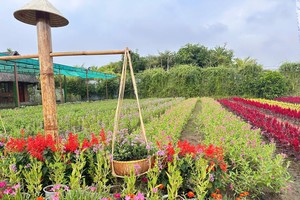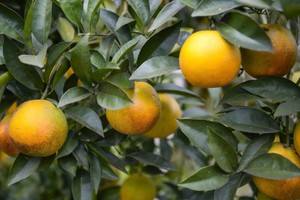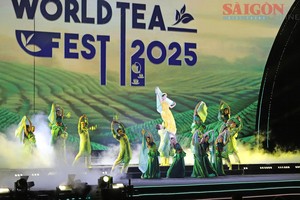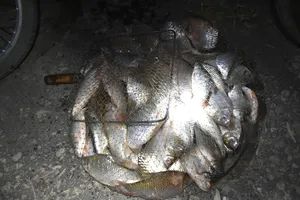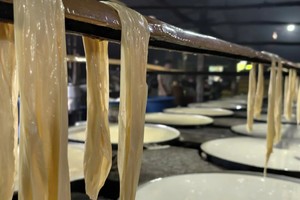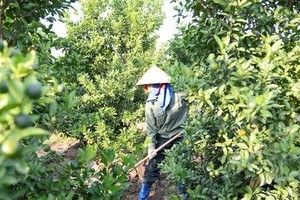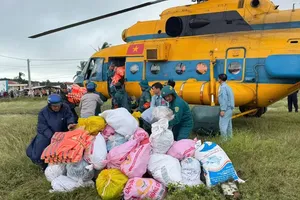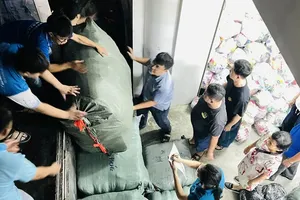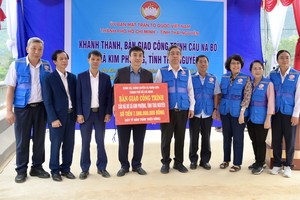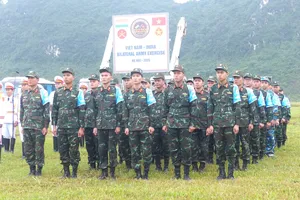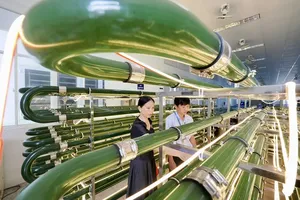
Director Truong Thanh Son of Lang Sen Wetland Reserve in Long An today announced that in accordance with the directives of the Long An Provincial People's Committee, the organization is collaborating with the International Union for Conservation of Nature (IUCN) and other relevant entities to actively pursue the project aimed at restoring 17 hectares of special-use paperbark forest within the reserve, with the goal of rehabilitating areas of forest that have been lost or degraded.

The wetland reserve is in the process of planting, and will continue to plant, 340,000 new paperbark trees aimed at restoring the floodplain ecosystem, enhancing fresh water storage, absorbing carbon, and regulating the climate. This initiative supports the objective of establishing 110 hectares of new special-use forests and border protection forests during the 2021-2025 period, as sanctioned by the People's Committee of Long An Province.
Lang Sen Wetland Reserve is one of the few remaining natural inland wetlands in the Mekong Delta. Its diverse geomorphological features, such as swamps, seasonally flooded grasslands, and paperbark forests, contribute to the creation of a rich and diverse wetland ecosystem that supports a multitude of species of flora and fauna.
Spanning 4,802 hectares in Tan Hung District of Long An Province, Lang Sen Nature Reserve was recognized as Vietnam's 7th Ramsar site in 2015. This prestigious designation highlights the site's global importance for biodiversity and conservation.
Located in the lowland Dong Thap Muoi region, Lang Sen Nature Reserve is a haven of biodiversity. Surveys have revealed the presence of 156 plant species and 149 vertebrate species, 13 of which are endangered and listed in the Vietnam Red Book.
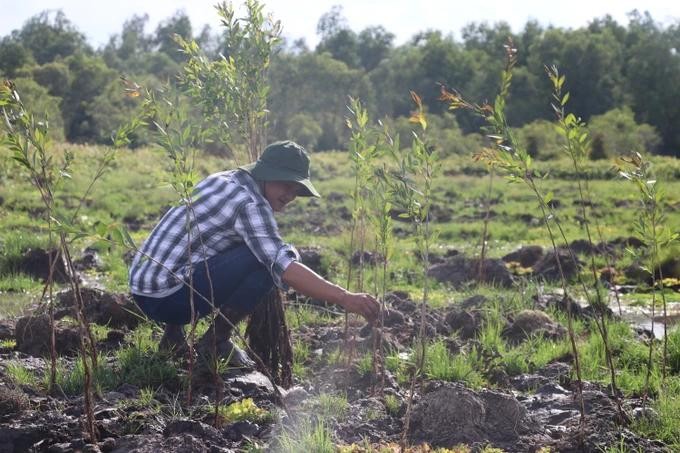
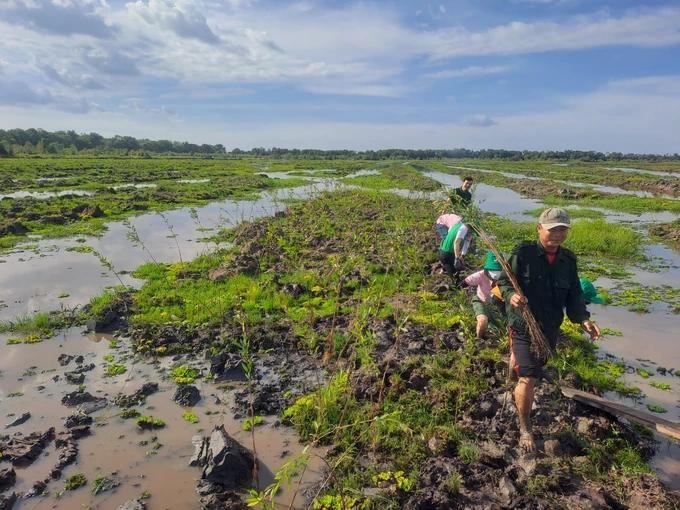
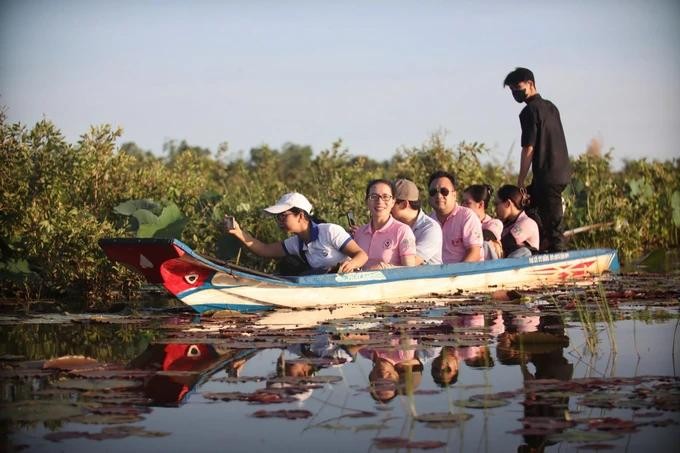
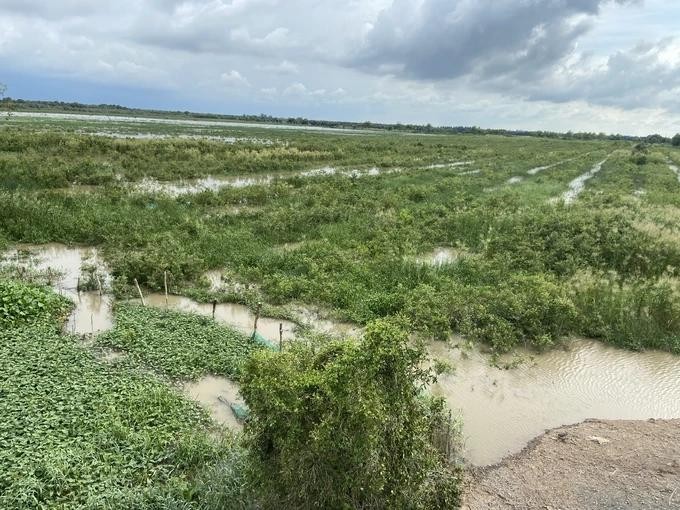
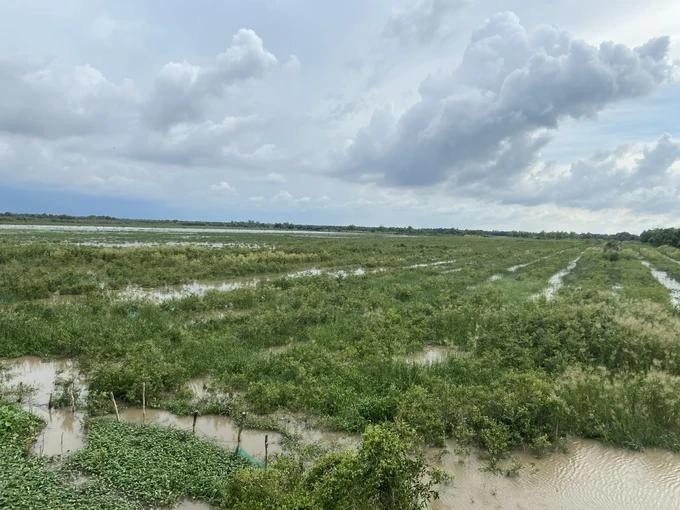
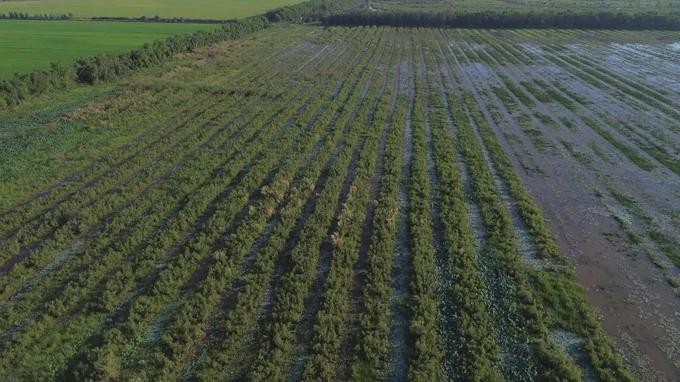
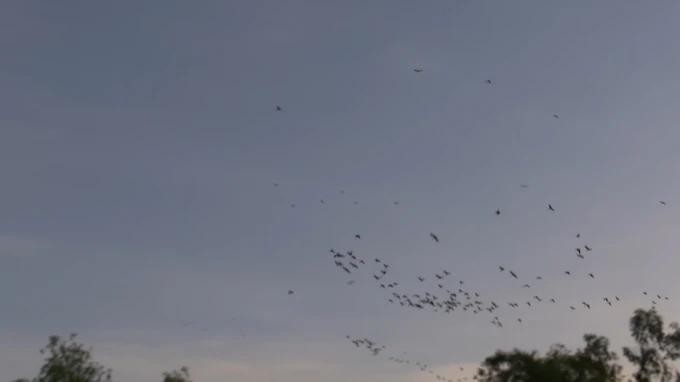
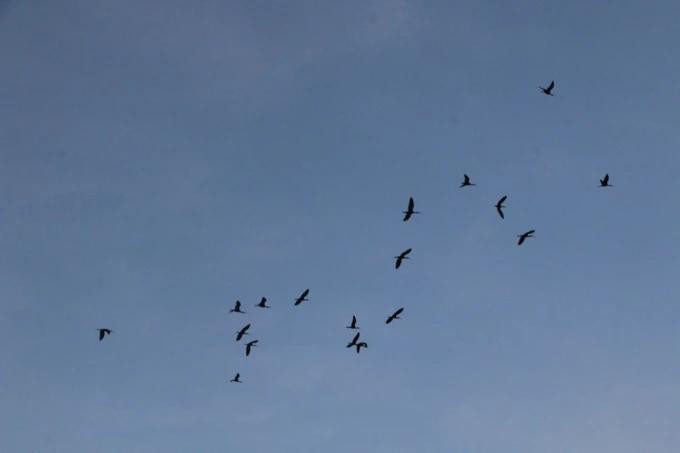
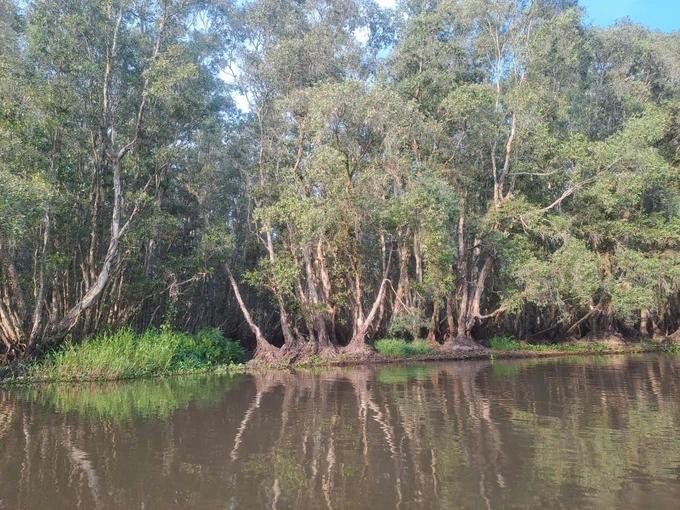
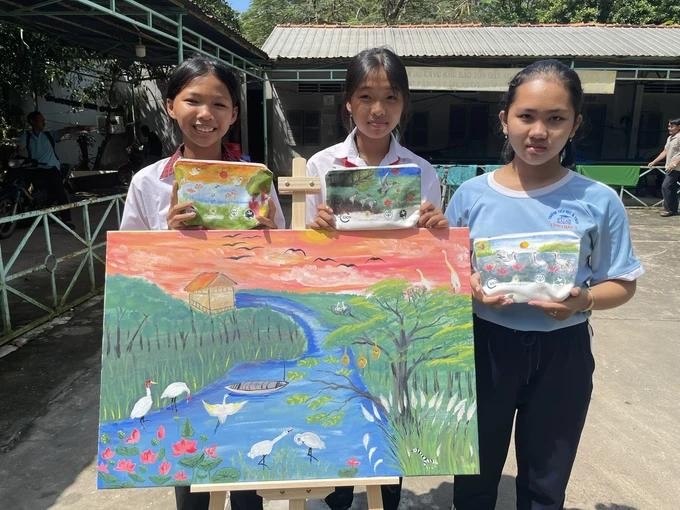
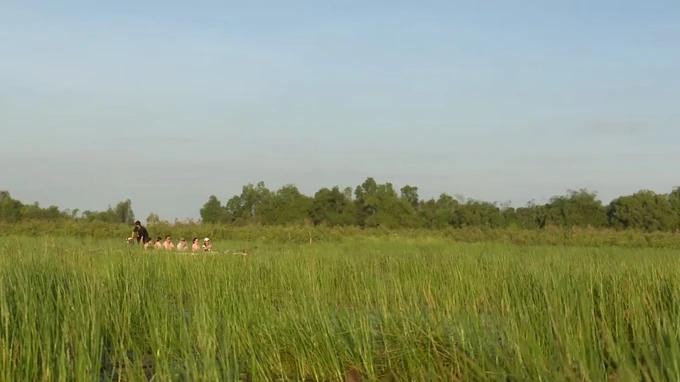
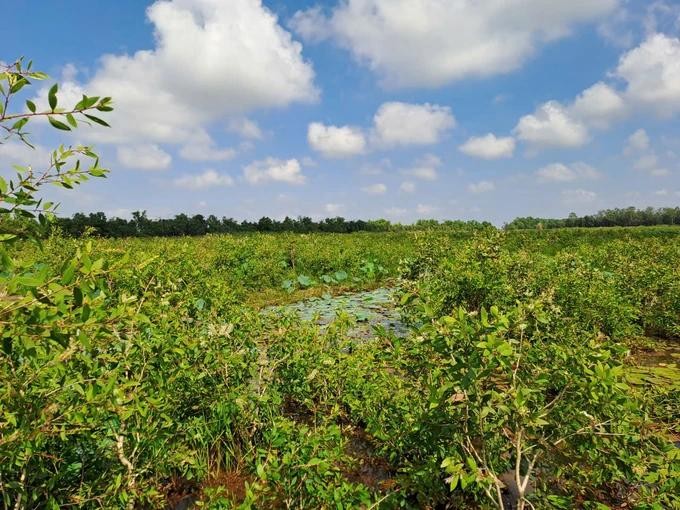
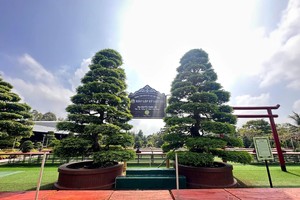
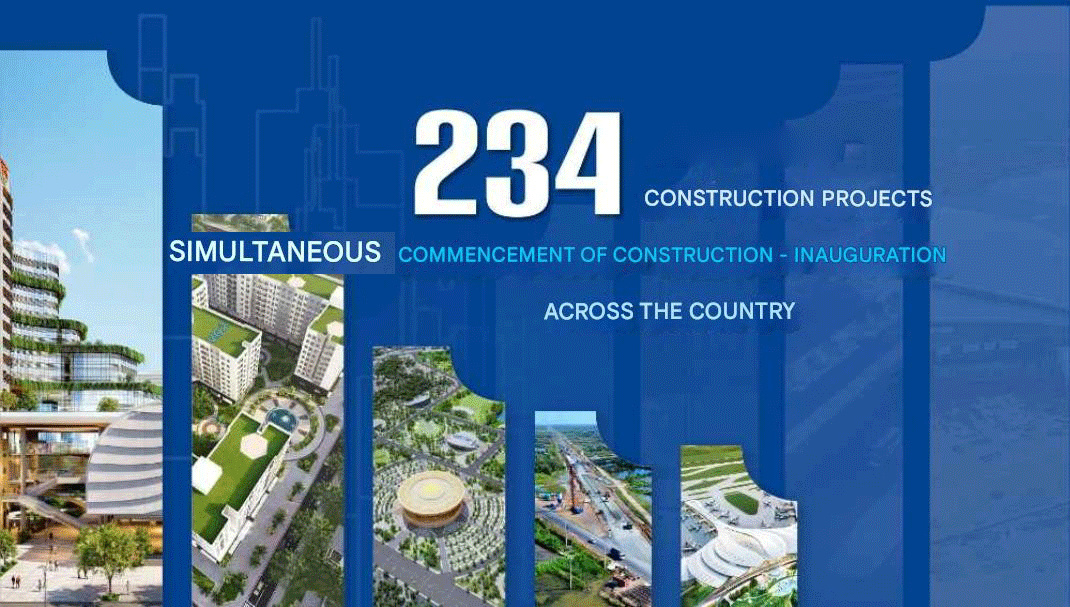

)
